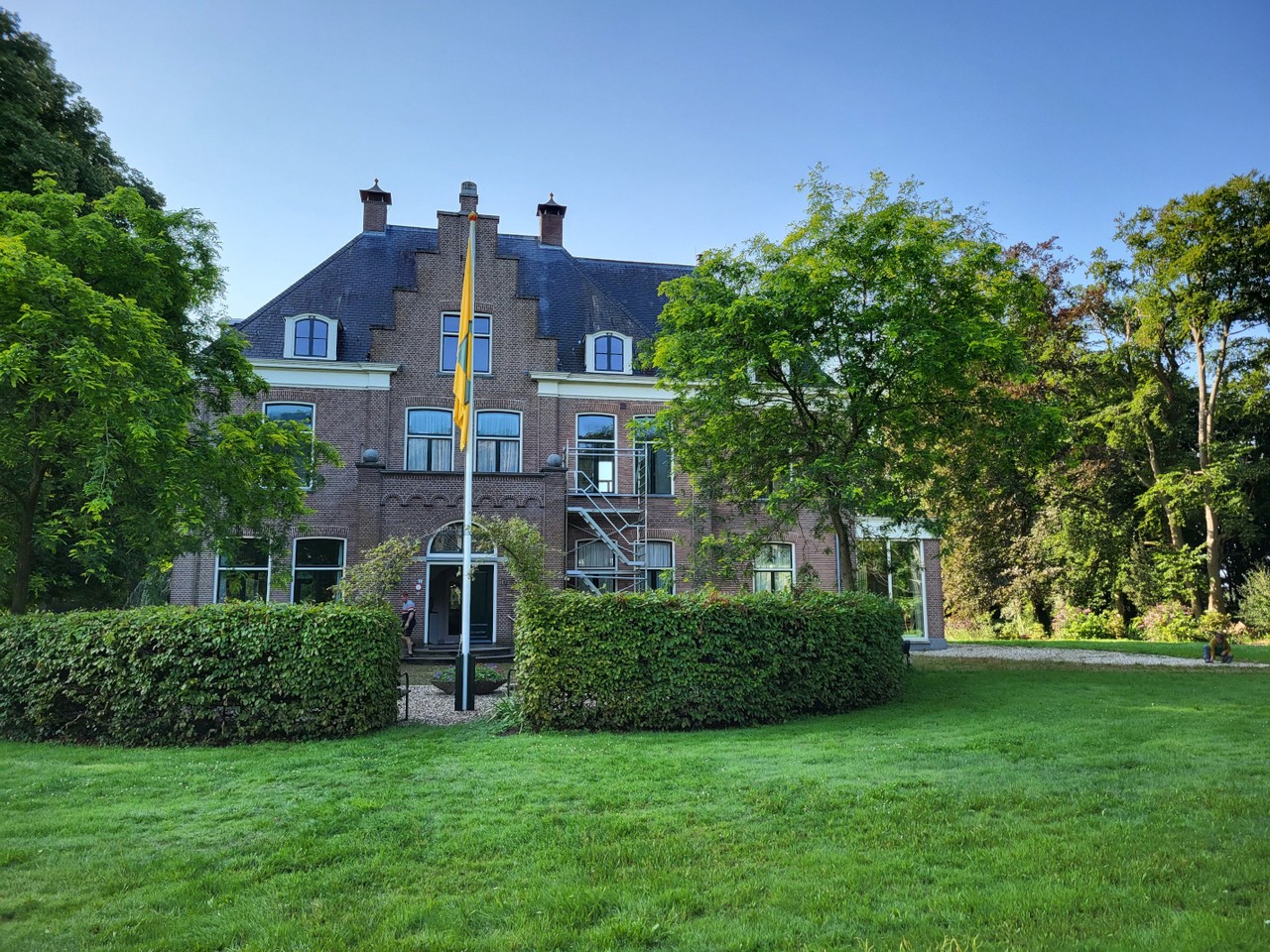During the first year of its requisitioning, a radio telegraphy training was established at Oxerhof by the Sicherheitsdienst (Security Service, SD). This lasted only until the summer of 1944 and was of little historical significance. In the autumn of 1944, the Vehicle Fleet Management department from The Hague also moved here.
In November 1944, Oxerhof was also assigned the role of transit prison for the SD's interrogation and prison centres in Deventer. Shortly before, an SD Investigation Service had been set up there (Einsatzkommando Deventer). This service operated over a large area covering the Salland and the IJssel region and was involved in tracking and interrogating Jews, people in hiding, resistance members, and deserters. Due to several successful arrests and betrayals, the dismantling of the resistance in the entire area gained a snowball effect.
As a result, the number of prisoners rapidly increased. The first interrogations took place in Deventer at the Brinkgreven and Assenstraat. Afterwards, prisoners were usually transferred to Oxerhof awaiting their fate. Any form of normal imprisonment was absent here. The prisoners’ resilience was immediately undermined by lack of food and hygiene, poor and overcrowded cells, lack of sleep, and the cold of the approaching winter. Additionally, interrogations almost always involved severe physical violence. During the day, heavy labour was also required, such as chopping wood and maintenance, and sometimes interrogations continued.
Judges were no longer involved during these last months of the war: the SD decided independently on the punishments. Executions were initially carried out elsewhere, but increasingly took place at Oxerhof itself, mostly by hanging. Prisoners were also handed over for reprisal executions, the best-known example being the delivery of 21 Oxerhof prisoners who were shot in March 1945 near Woeste Hoeve following an attack on Rauter. Oxerhof degenerated into a concentration camp.
In early April 1945, the Canadian Royal Winnipeg Rifles battalion approached Oxerhof . The war could end here at any moment, and the SD began to erase its traces on the estate.
On Thursday 5 April, there were 42 prisoners at Oxerhof. The guards received a list of 32 prisoners to be released. These were the so-called "light cases." The remaining ten were considered "serious political cases" and had to be killed. These included three Jews and seven illegal workers. The bosses left it to the guards to decide how to carry this out. The known executioners got drunk and later said they had shot the ten after first having to dig a large pit on the deserted grounds "to hide the evidence." However, the reality turned out to be very different. On the afternoon of Friday 6 April, Canadian liberators arrived at Oxerhof and found the pit with bodies. None of the dead had bullet wounds. All were horribly mutilated: bruised, broken limbs, and smashed skulls. They had all been beaten to death.
At the end of April 1945, Oxerhof began its last chapter of the war. Canadian counterintelligence established a temporary interrogation center here called Camp 030. A temporary cemetery was also set up for 46 fallen Canadian soldiers. For three more months, many arrested suspicious civilians and military personnel were interrogated about their war past at the estate. Then Oxerhof finally fell silent again.
